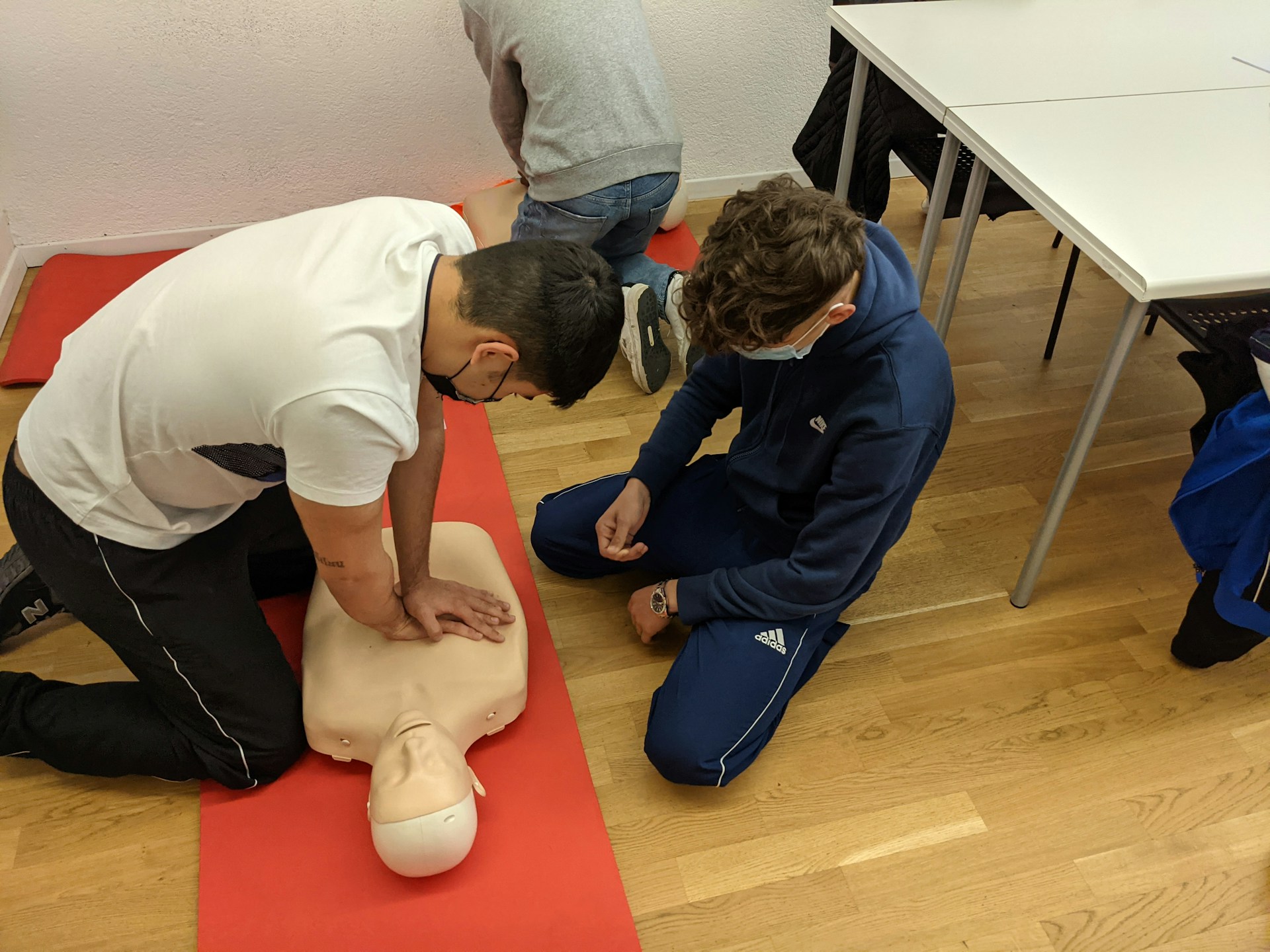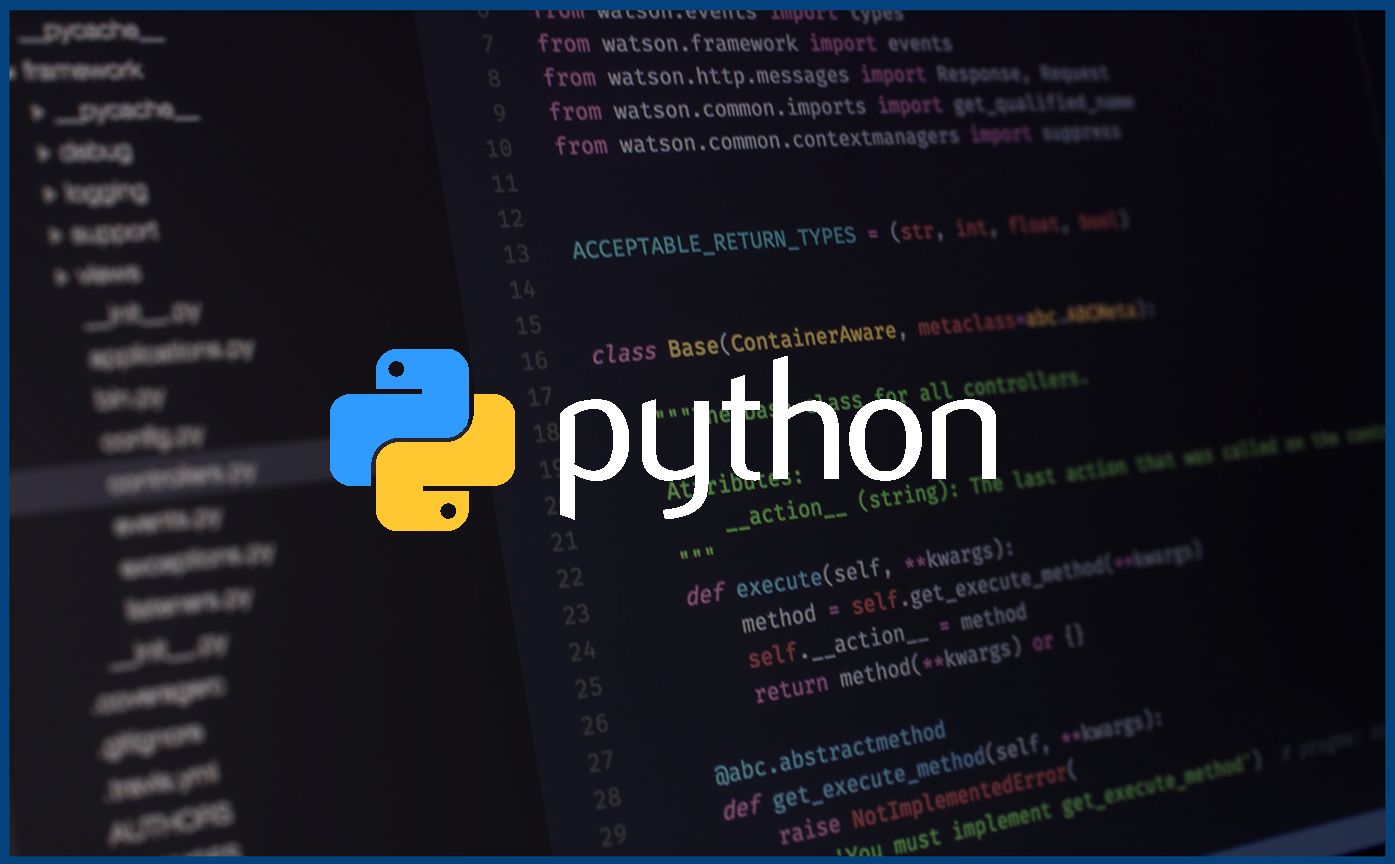Knowing how to respond in an emergency can save lives. Health and safety professionals need CPR training to handle situations where every second counts. Whether you work in healthcare, education, or public safety, CPR certification is a vital skill.
It prepares you to act quickly and effectively when someone experiences cardiac arrest or stops breathing. If you want to gain the knowledge and confidence to help others, keep reading to uncover all the details.
Why CPR Training Matters?
Emergencies can happen anywhere, at any time. When a person’s heart stops beating, immediate action is critical.
CPR keeps blood and oxygen flowing to vital organs until medical help arrives. Without CPR, brain damage or death can occur within minutes.
Learning these skills can make the difference between life and death. CPR training also teaches how to use an automated external defibrillator, or AED, which delivers a shock to restore normal heart rhythm.
What to Expect in a CPR Course?
A CPR certification course covers essential techniques for adults, children, and infants. Training includes chest compressions, rescue breaths, and how to clear blocked airways. Hands-on practice ensures that students know how to perform CPR correctly.
Instructors guide participants through real-life scenarios to build confidence. The course also explains the legal protections for those who provide emergency aid, encouraging more people to act without fear.
Who Needs CPR Certification?
Many professionals make up the frontline of CPR certification holders, and it’s easy to see why. For healthcare workers, such as nurses and doctors, CPR is a crucial skill for patient care.
Without it, they wouldn’t be able to respond in emergencies, putting lives at risk. Cardiopulmonary resuscitation is often the difference between life and death in hospitals and clinics.
Teachers, coaches, and childcare providers also need training to keep their students safe. Take, for example, a school gym class where a student suffers a cardiac arrest.
A CPR-certified teacher can spring into action, administering chest compressions and rescue breaths until paramedics arrive. This can greatly increase the student’s chances of survival.
Even office workers and community members benefit from learning these skills. What if a colleague suffers a heart attack at the office? A CPR-certified coworker can provide life-saving care until the ambulance arrives.
Community members can also use their CPR skills to help in emergencies, such as at a public pool or during a fitness class. In short, CPR knowledge is valuable for everyone, not just those in the medical field.
Keeping Skills Up to Date
CPR guidelines can change as new research emerges. Certification must be renewed regularly to ensure skills remain current.
Refreshing training helps individuals stay prepared for emergencies. Practicing CPR techniques often improves speed and accuracy.
Many courses offer online and in-person options to make it easier to stay certified. If you are looking for a reliable certification program, https://cprcertificationnow.com/collections/cpr-and-first-aid-certifications provides comprehensive training to meet your needs.
Be Ready to Save a Life
CPR training is an important skill for health and safety professionals. It provides the ability to act in critical situations and increases survival rates.
With proper training, anyone can be prepared to save a life. Taking a CPR certification course is a simple step that makes a big difference.
Whether at work, home or in the community, knowing CPR means being ready to help when it matters most. Don’t wait for an emergency. Get certified now and be ready to save a life.
Expand your knowledge and check out more posts on our blog!
































































